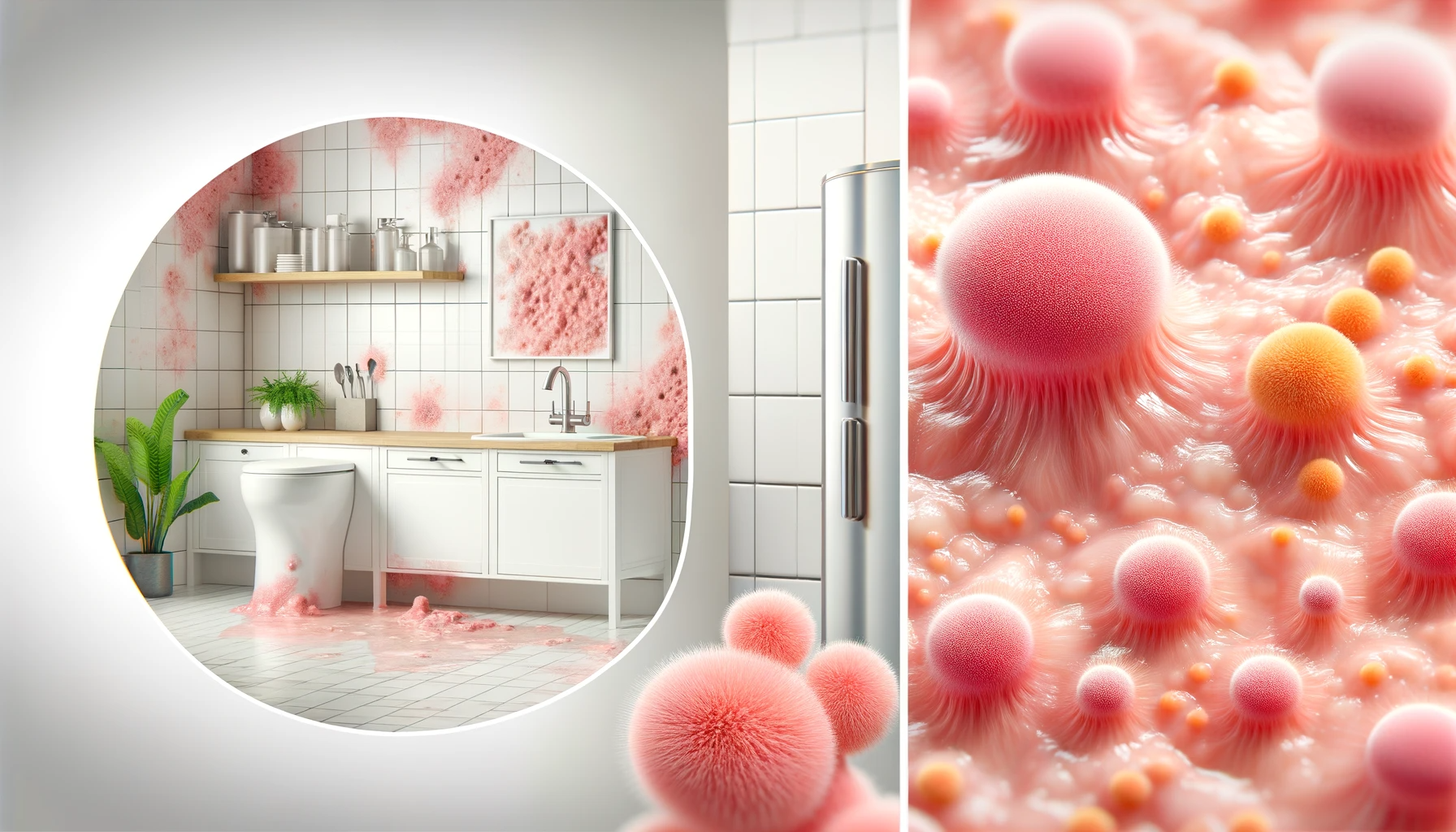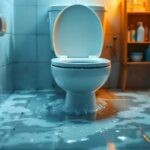Have you ever seen anything quite like pink mold? This unique form of mold can be found in many places, and it is important to understand what it is, how to identify it, and how to deal with it. This article will explore everything you need to know about pink mold.
Is Pink Mold a Bacteria or a Fungus?
Pink Mold is classified as the bacterium Serratia marcescens, unlike a fungus. This bacterial growth appears reddish-pink and thrives in moist environments such as bathrooms or kitchens.
This bacteria behaves like a fungus, as it prefers moist environments in which to establish colonies and spread. When left untreated, this bacteria can return; thus making its remediation essential. Moreover, similar to different types of molds, it presents a variety of health hazards too.
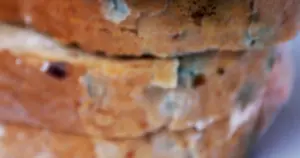
How Does Pink Mold Looks Like?
Pink mold, with its distinct reddish-pink hue, is easily recognizable. This type of bacteria often takes on a slimy texture and forms in areas that are damp like bathroom tiles or grout.
Pink Mold can also inhabit leaky pipes as well as carpets, air ducts, and other places around the home. Its appearance can range from light pink to deep pink; it may be dry and fuzzy looking or wet and slimy depending on where it’s located.
What Causes Pink Mold Growth?
It’s not uncommon to find pink mold growth in your bathroom, on your shower curtain, or on any other hard surfaces.
Pink mold is a common problem caused by an unwelcome combination of moisture, warmth, and organic material. It usually likes to colonize humid areas like bathrooms, kitchens, or basements; but it will also find its way onto dirtier surfaces with debris such as soap scum, food residue, and other decaying matter.
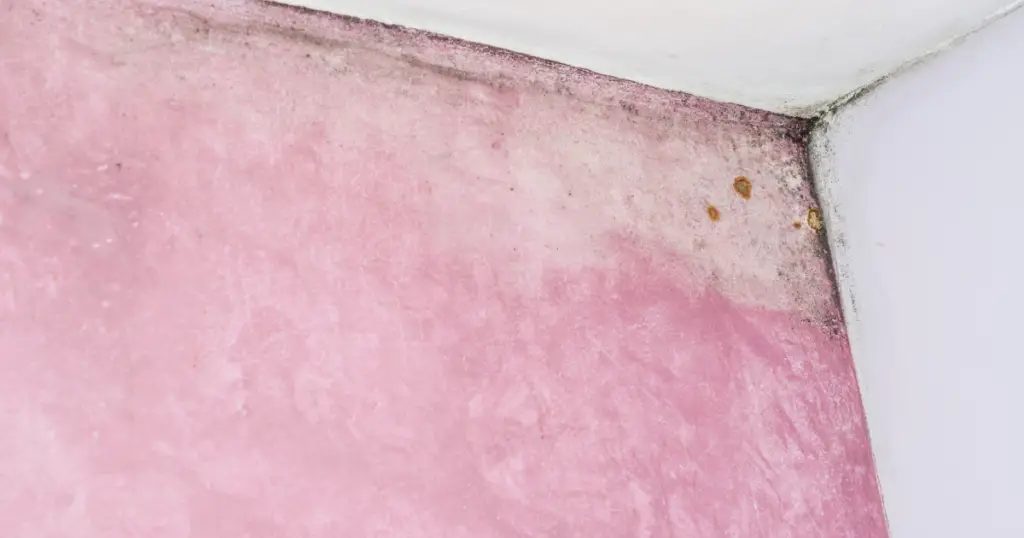
Where Can I Find Pink Mold?
Pink mold can be found in a variety of places, but it is most commonly found in warm and damp environments. It can be seen growing on surfaces such as bathroom tiles, basements, window sills, and air conditioning units. Other common areas for pink mold to thrive include:
- Shower curtains, bathtubs, and sinks;
- Damp clothing and furniture stored in a humid environment;
- Leaky pipes or fixtures;
- Areas with high condensation levels;
- Any other moist area of your home.

Is Pink Mold Dangerous?
Pink mold bacteria is a type of fungus that can cause a variety of health problems if it gets into your home. People with compromised immune systems are especially at risk of developing serious health complications from exposure to pink mold.
In addition, it can cause respiratory issues, allergies, and other ailments. As a bacteria, pink mold has the potential to cause urinary tract infections and even more severe health risks.

Pink mold Exposure Symptoms:
Exposure to pink mold can lead to a variety of health issues, depending on individual factors such as age and preexisting conditions. Common symptoms associated with exposure include:
- Allergic reactions (cough and sneeze);
- Eye irritation;
- Itchy skin;
- Headaches;
- Asthma attacks;
- Respiratory tract infections;
- Breathing difficulties;
- Pneumonia and bronchitis;
- Bladder and urinary tract infections;
- Poisoning from eating tainted food;
- Gastrointestinal issues (nausea, vomiting, upset stomach, and diarrhea).
Symptoms of the illness can affect young and old, regardless of their health status. While those who have weakened immune systems or are elderly may be more vulnerable to it, any person has a chance of developing symptoms.
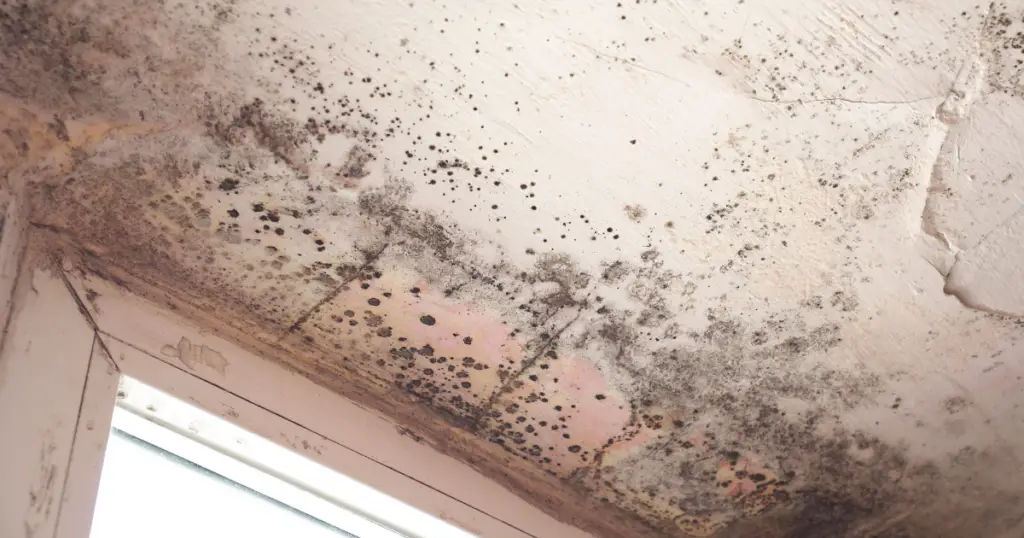
How to Prevent Pink Mold?
Preventing pink mold from taking over your home is important for maintaining a healthy and safe environment.
Here are some tips on how to prevent pink mold:
- Clean up soap and shampoo residue after baths and showers, since these can accumulate in the shower or bathtub, creating an environment that is more susceptible to mold growth.
- Use plastic shower curtains instead of cloth, which are more prone to collecting moisture and enabling mold growth.
- Keep surfaces dry as much as possible by wiping down walls after showers and using dehumidifiers when necessary.
- Address any water leaks immediately, as even small amounts of moisture can create an ideal environment for mold growth.
- Avoid putting porous materials in moist environments, such as fabrics and cardboard, since they can quickly become breeding grounds for pink mold.
- Make sure to clean mineral deposits off the bathroom floor and fixtures regularly, as these can contribute to moisture buildup.
- Clean up any mold by using an appropriate cleaning solution and scrubbing away any visible signs of its growth.
- To prevent the growth of pink mold in your kitchen, it is essential to store food and leftovers in airtight containers. Additionally, make sure that you regularly clean the seals around your dishwasher with a damp cloth; then run a cleaning cycle once every month using an approved interior cleaner for extra protection.
- Keep your basement clean. Make sure that all clothing and other items are away from the floor area, and check if your sump system is properly pumping moisture outside of your home for optimal dryness in the basement.
- Make sure to use an exhaust fan in rooms where moisture buildup is likely, such as bathrooms and kitchens.
- Inspect your home periodically for any signs of water damage or leaks, like discolored walls and ceilings, cracked paint, windowsills, and other areas prone to condensation, and musty odors. If you notice these signs, contact a professional mold remediation expert.
By following these tips you should be able to significantly reduce the chances of pink mold growing in your home.
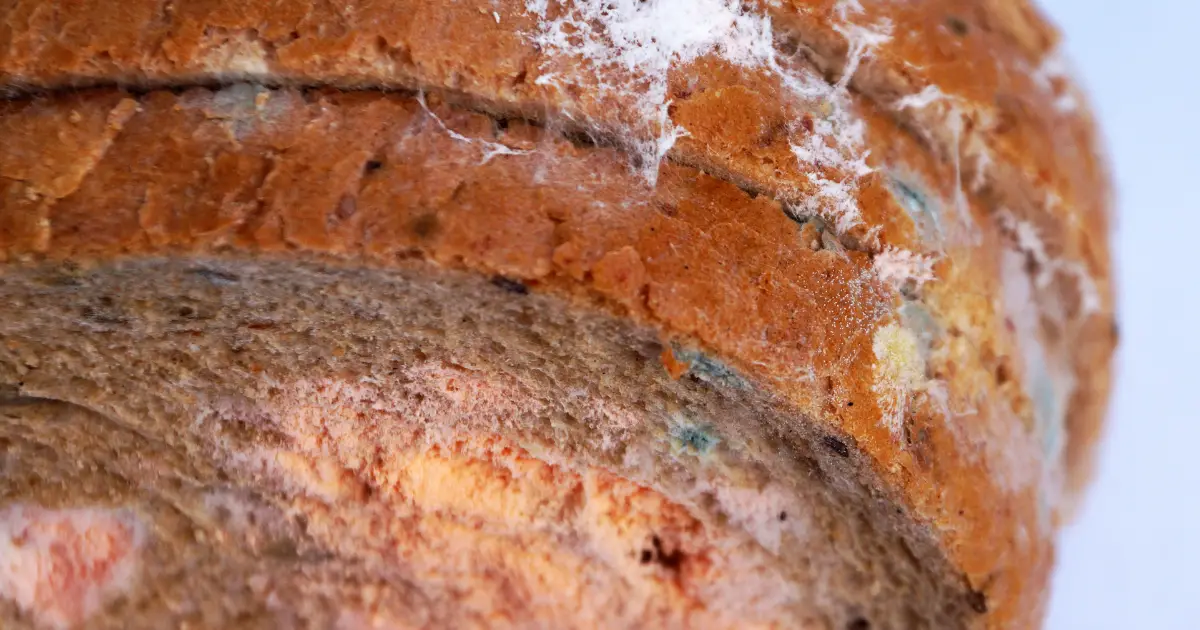
Dehumidifiers and Air Purifiers
Dehumidifiers and air purifiers can be a great way to help reduce the amount of moisture in your home, which can help prevent mold from growing. These devices are designed to absorb excess humidity and filter out any allergens moving through the air, such as dust mites or pet dander. Additionally, they can capture airborne particles that may cause the growth of pink mold.
Some models of dehumidifiers can be connected to an external drain, and these are recommended for areas prone to mold growth. Additionally, investing in an air purifier that has a HEPA filter can help keep your home free from airborne pollutants.
Using both a dehumidifier and an air purifier in your home can help prevent the growth of pink mold and other contaminants that may be lurking in your air.
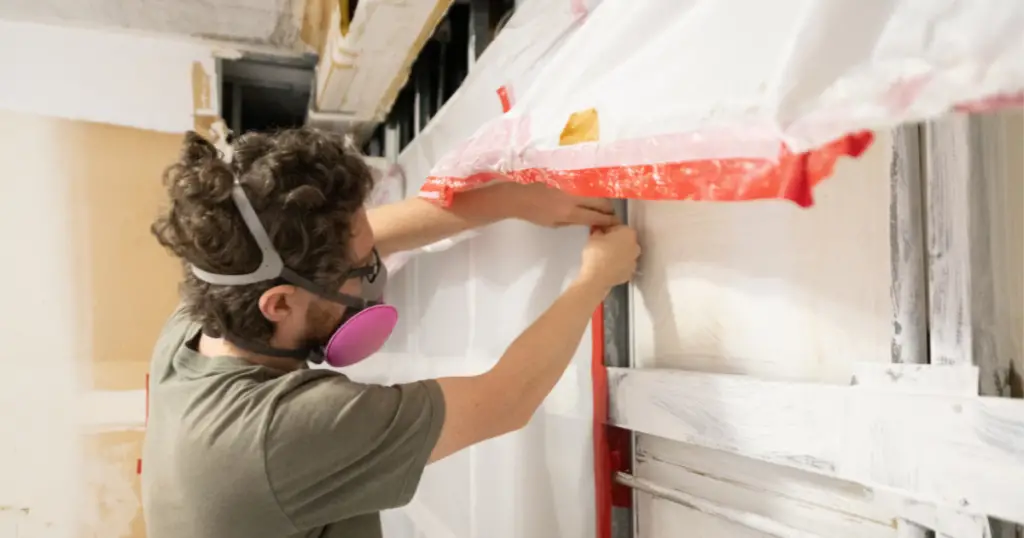
How Can I Remove Pink Mold?
Pink mold is a common issue in many households, but it can be a difficult problem to deal with. Luckily, there are several steps you can take to remove pink mold from your home and keep it from coming back. Here are some tips for pink mold removal:
- Wear protective rubber gloves and use a spray bottle filled with warm water to spot clean areas of the walls, wood, ceiling carpets, bathroom windows, shower walls, and shower curtains where the pink mold is present.
- For damp window frames or toilet bowl fixtures, mix dish soap and water in a spray bottle and spritz them onto the area in question. Allow the solution to sit for 10 minutes before scrubbing away the pink mold with a soft brush.
- Use baking soda mixed with white vinegar as an effective cleaning solution for getting rid of pink mold on porous surfaces such as kitchen sinks or dishwashers.
- Scrub hard surfaces like bathroom tiles using a bleach solution to kill the bacteria that cause pink mold.
By following these steps you should be able to effectively remove and prevent pink mold from growing in your home.
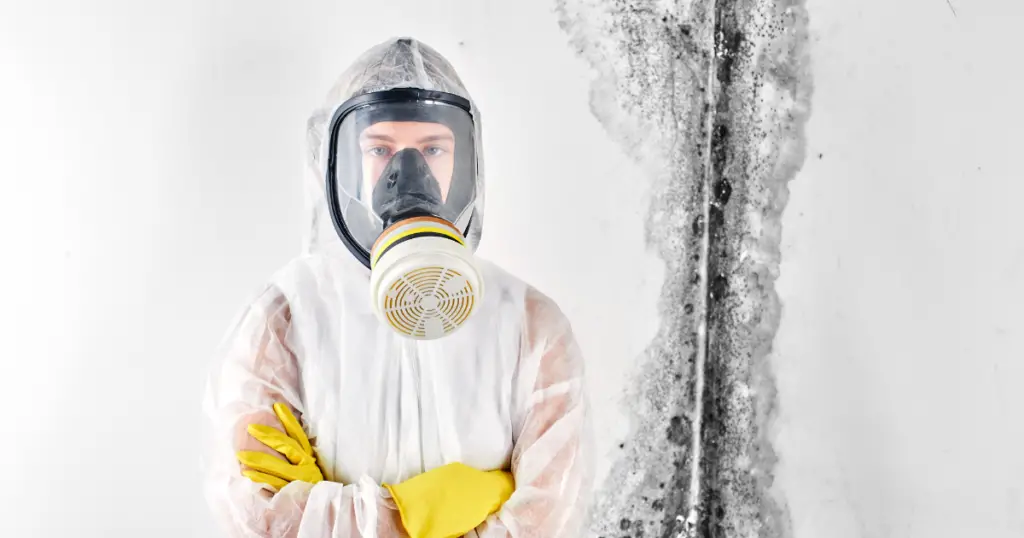
Mold Remediation Professional
Mold remediation professionals are necessary to help homeowners and business owners alike prevent mold. While common pink mold is generally harmless, mold spores have the potential to cause health issues, as well as structural damage.
The mold removal process includes locating the source of moisture and removing all affected materials. Taking steps to remove mold involves not only physically removing it, but also preventing its growth in the future by controlling humidity levels and regularly cleaning surfaces in damp areas.
Investing in a professional for mold remediation can ensure the best strategies for identifying, removing, and preventing the spread of dangerous mold spores.
[/et_pb_text][/et_pb_column][/et_pb_row][/et_pb_section]

